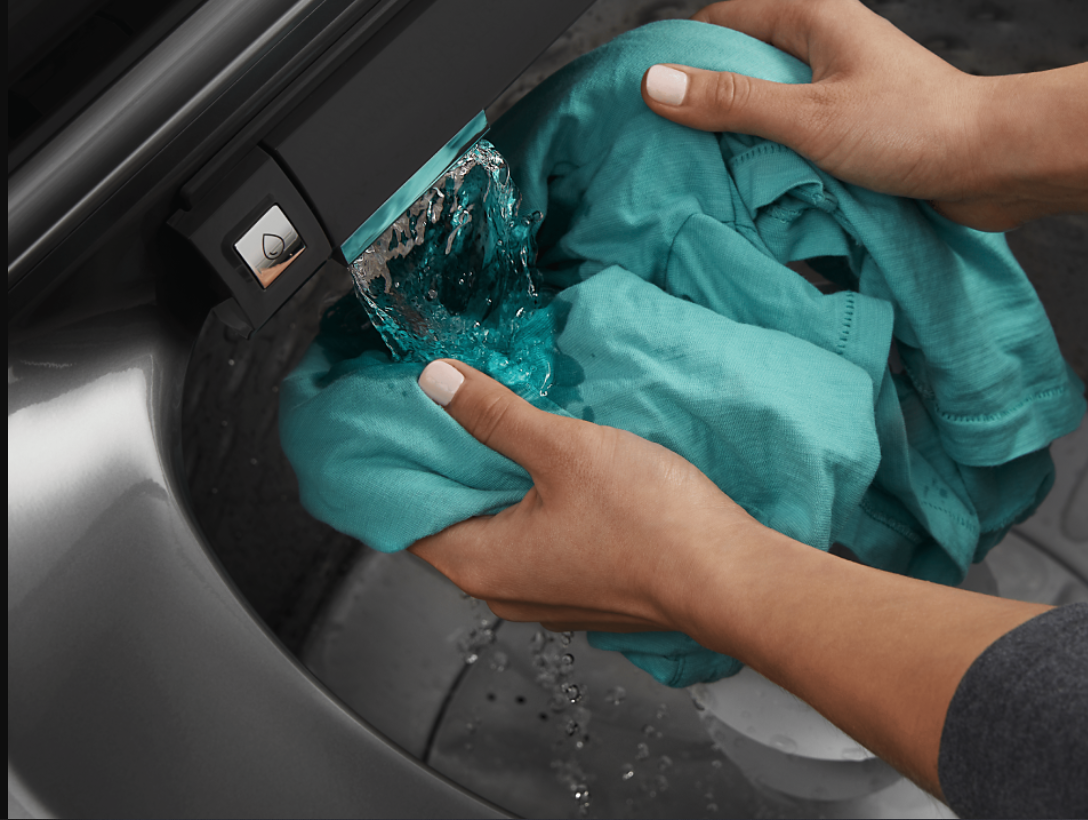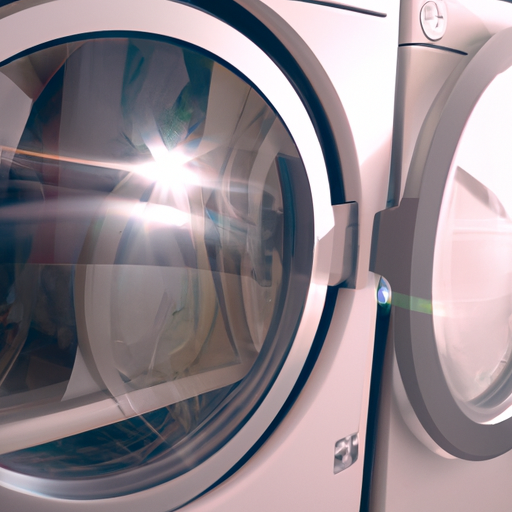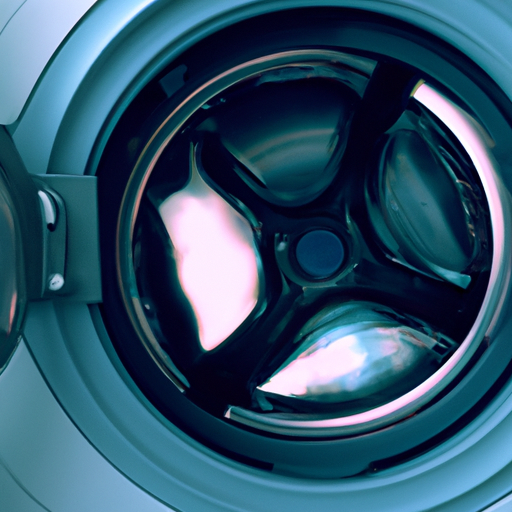Table of Contents

As water scarcity becomes an increasingly pressing issue worldwide, it is essential to consider the water usage of our household appliances. One such appliance is the washing machine, which can consume a significant amount of water. In this article, we will explore the washing machine water usage comparison in 2023, focusing on the latest models, technologies, and tips for reducing water consumption.
Types of Washing Machines and Their Water Usage
There are two main types of washing machines: top-loading and front-loading. The water usage of these machines can vary significantly, making it essential to understand the differences when making a purchase decision.
Top-Loading Washing Machines
Top-loading washing machines are generally less expensive and have shorter cycle times. However, they tend to use more water than front-loading machines. On average, a top-loading washing machine uses about 40-45 gallons of water per load. High-efficiency top-loading models can reduce water usage to around 20-25 gallons per load.
Front-Loading Washing Machines
Front-loading washing machines are more energy and water-efficient than top-loading machines. They use an average of 15-20 gallons of water per load, which is significantly less than their top-loading counterparts. Additionally, front-loading machines are gentler on clothes and can accommodate larger loads.
Technologies for Reducing Washing Machine Water Usage
In recent years, several technologies have been developed to help reduce the water usage of washing machines. Some of these innovations include:
- Load sensing: Many modern washing machines are equipped with load sensing technology, which adjusts the water level based on the size of the load. This helps to prevent overfilling and reduces water waste.
- Automatic detergent dispensing: Some washing machines now offer automatic detergent dispensing systems, which can help to reduce water usage by ensuring that the correct amount of detergent is used for each load. This prevents the need for additional rinse cycles to remove excess detergent.
- Recirculation systems: Some high-efficiency washing machines use recirculation systems to reuse water during the wash cycle. This can help to reduce water usage by up to 40% compared to traditional machines.
Washing Machine Water Usage Comparison: Top Models in 2023
When comparing washing machine water usage, it is essential to consider the efficiency of different models. Here are some of the top models in 2023, along with their water usage statistics:
- LG WM3900HWA: This front-loading washing machine uses an average of 12.2 gallons of water per load, making it one of the most water-efficient models on the market.
- Whirlpool WTW7120HW: This high-efficiency top-loading washing machine uses an average of 19.6 gallons of water per load, which is significantly less than traditional top-loading machines.
- Maytag MHW6630HW: This front-loading washing machine uses an average of 13.5 gallons of water per load, offering excellent water efficiency.
Tips for Reducing Washing Machine Water Usage
In addition to choosing a water-efficient washing machine, there are several steps you can take to reduce your water usage further:
- Wash full loads to maximize water efficiency.
- Use the appropriate water level setting for each load.
- Choose a shorter wash cycle when possible.
- Regularly maintain your washing machine to ensure optimal performance.
Conclusion
In conclusion, the washing machine water usage comparison in 2023 highlights the importance of choosing a water-efficient model and adopting water-saving practices. By investing in a high-efficiency washing machine and following the tips outlined above, you can significantly reduce your water consumption and contribute to a more sustainable future.
Compare products
No products found.
WRITTEN BY

Is an avid tech enthusiast and enjoys keeping up with the latest trends in the industry. I also enjoy tinkering with electronics and programming microcontrollers in my free time.
— Daniel Anderson
TOP PICK








